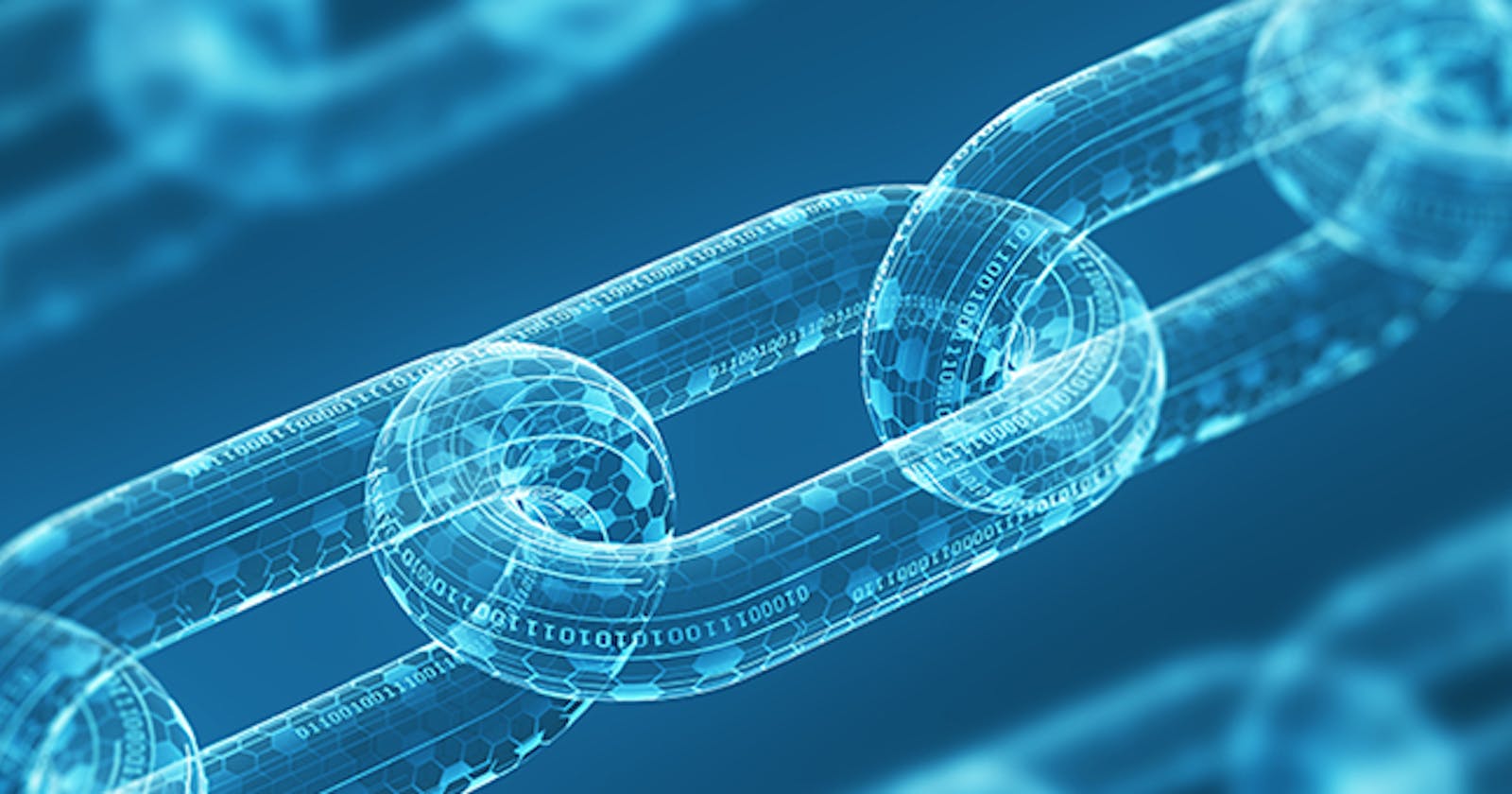When many people hear 'blockchain,' they think about cryptocurrency, and they are not wrong to think so. Blockchain is the technology that powers cryptocurrency. The most popular use of blockchain is cryptocurrency, but what exactly is blockchain? And why is it so popular now? You're about to find out!
Blockchain is an immutable, distributed ledger that enables peer-to-peer transactions in a decentralized network. Blockchain is a ledger, or you can think of it as a database - a place where information/data is stored. Inputs to the blockchain are called transactions. In a traditional ledger, you can change anything previously written and add new things. In the blockchain, a previously entered transaction cannot be altered. Only new transactions can be added. Whew! I've sure said a lot of things up there. Let's break them into bits and check each one out.
Blockchain is immutable: This means that any transaction or information recorded in the blockchain cannot be changed or altered.
A distributed ledger: Blockchain is run by 'Nodes .'Nodes are computers that run the blockchain software. Many independent users run these nodes. When a new transaction is recorded, or the blockchain is updated with new information, this latest addition is broadcast to all the nodes. All the nodes running the blockchain have the same information.
Decentralized network: A decentralized network is one in which no company or single entity is in control. There is no single point of authority. There are no big corporate bodies acting behind the scenes and making policies/decisions. This is the most appealing feature of the blockchain. As individual nodes run the blockchain, no one has the monopoly on making decisions on the blockchain.
WHY BLOCKCHAIN? Decentralization: As mentioned earlier, no single person or organization is in control of the blockchain. Anyone can join the blockchain network and participate. You can run a blockchain node as long as you can get the correct hardware.
Constant availability: Information saved on the blockchain is always readily available. Remember that a blockchain runs on nodes, and these are several computers. These nodes have the exact copy of transactions that happen on the blockchain. If a node is down, all other nodes will be functional, and information on the blockchain is preserved this way. As long as one node is running, the data saved on the blockchain can be retrieved.
Transparency: Blockchain information is public and available for everyone to see. All the transactions that have ever happened on the blockchain are available. For example, if I had your Ethereum wallet address, I could check all the transactions you have ever carried out.
Security and immutability: We have already learned that information saved on the blockchain cannot be changed. This provides security. You can save information on the blockchain for a long time, and you don't have to worry about losing this data. Also, as many blockchains are run by thousands of nodes, it is nearly impossible to hack them. Blockchain is truly marvelous and holds lots of promises for the future. This is an introductory piece to give anyone an idea of what the blockchain is, and its advantages. Follow my posts to learn more about anything and everything blockchain. See you around!
